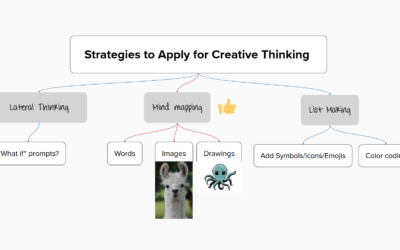Charities continue to face an uphill battle for funding. In a competitive landscape where resources are limited, grants can be awarded to one organization over another for seemingly marginal (and sometimes mysterious) reasons. This raises a significant concern within the nonprofit sector: “Is this an equitable process? Because it doesn’t seem very equitable.”
Let’s do a case study: which organizations are more likely to get funded (and why)? Below are three examples of fictitious nonprofits seeking vital funding.
- Harvest Hands is a social service organization that supports rural community residents with their basic needs, such as food, clothing, and shelter. Its community represents a demographic with low socioeconomic status in a higher percentage white/caucasian population. Its board of directors comprises volunteers from within the community it serves, including a member of the local school board and a county clerk.
- Community Roots is a social services organization that addresses the needs of those with a low socioeconomic status in an urban BIPOC community. It provides basic needs such as food, clothing, and shelter for families, most of whom have experienced an unexpected life transition, such as a job or housing loss or a new health diagnosis. Community Roots board members and volunteers from within its community, including some former service recipients.
- Metro Hope provides basic needs (food, clothing, shelter) for its homeless community in multiple metropolitan areas. Its constituents represent a variety of backgrounds (45% Caucasian, 10% Hispanic, 20% African American, 5% African, 5% Southeast Asian, 5% Mixed-Ethnicity, 10% Other). Metro Hope’s board and volunteers are community leaders, corporate employees, and local politicians.
All play significant roles in their respective communities and are needed. But the question remains: Who will receive vital funding?
In today’s philanthropic environment, the answer is a matter of influential relationships.
Metro Hope is at an advantage because it is well-connected to traditional sources of wealth and receives funding support due to these connections. This advantage highlights the inequity in philanthropy, where certain organizations may have easier access to funding based on their networks and connections, and others are left to question, “Why weren’t we selected, and they were?”
Philanthropic practices must be more inclusive, ensuring that all organizations, regardless of connections, have equal opportunities to access funding. But that change in the industry won’t happen overnight.
In the meantime, what can your worthy organization do to gain an advantage? What can you do to capture the attention of funders and emerge successfully?
If your nonprofit draws similarities to Harvest Hands or Community Roots, our top suggestions are:
- Build new relationships beyond your community. Who can you engage with on a State or Regional level? Who is influential? Who can you reach out to on LinkedIn now?
- Diversify your funding. Have you asked board members who work for a corporation to be a corporate sponsor? Have you offered to put your bank’s logo on an upcoming event banner in exchange for funding?
- Connect with past colleagues and classmates, particularly those who are well-connected. Invite them to your events. Ask for advice. These folks might have a connection to a corporation. They might know someone who could join your board.
Is the funding application process equitable? No. But we can help you navigate it and put your best foot forward despite the odds. Email us at info@nextinnonprofits.com for a free consultation.


